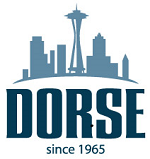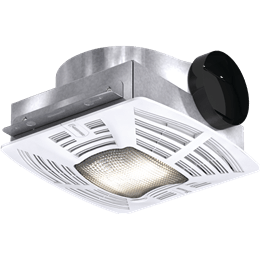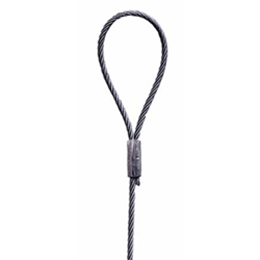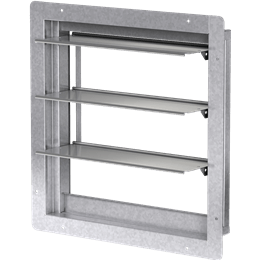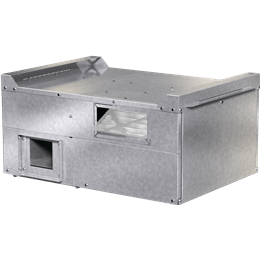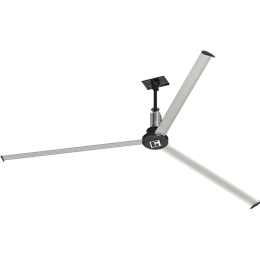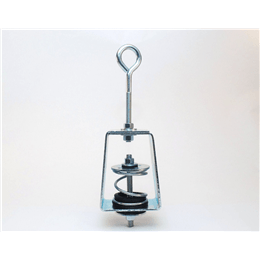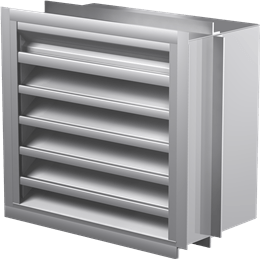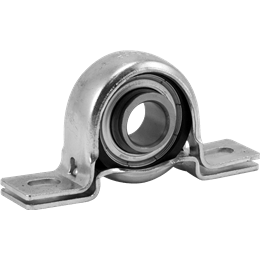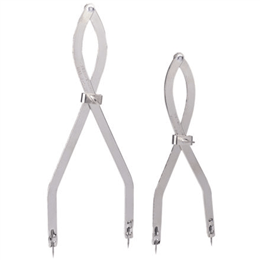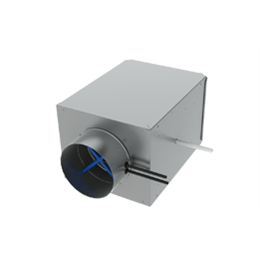| Service Factor A safety factor to be used when the load temporarily exceeds the nominal horse power rating of a given motor. When used on a motor nameplate, a number which indicates how much above the nameplate rating a motor can be loaded without causing serious degrad | 1 |
| Phase Indicates the space relationships of windings and changing values of the recurring cycles of AC voltages and currents. The most common power supplies are either single- or three-phase. | 1 |
| Voltage The force that causes a current to flow in an electrical circuit. The voltage of a motor is usually determined by the supply to which it is attached. NEMA requires that motor be able to carry its rated horsepower at nameplate voltage plus or minus 1% al | 115 |
| HP The power required to drive an air moving device. Horsepower required varies with system conditions. | 1/2 |
| Hertz Measure of the frequency or cycles per second. | 60 |
| Motor Enclosure The housing or frame of the motor. | n/a |
| RPM The number of times per minute the shaft of the motor (machine) rotates. This is a function of design and the power supply. | 1800 |
| Motor Insulation The class of motor insulation for a given motor. The temperature capabilities of each insulation class is defined as being the maximum temperature at which the insulation can be operated to yield an average life of 2, hours (A = 15?C, B = 135?C, F = | B |
| Thermal Protection This is a feature which protects the motor from overheating and thus prolongs service life of the machine. In the event that the motor approaches overheating the thermal protection cuts power and only returns it after a cooling period. | AutoOverload |
| Nominal Efficiency Nominal Efficiency | 85 |
| NEMA Frame Size Refers to a set of physical dimensions of motors as established by NEMA (National Electrical Manufacturers Association). These dimensions include critical mounting dimensions. | 48 |
